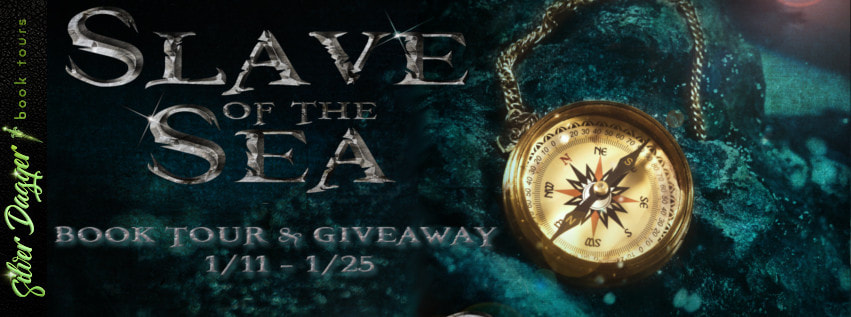Originally posted by Renee Scattergood:
First, don’t forget to read the other steps before reading this one, as this is an ongoing series:

This is one of my favorite steps because it’s where I really start putting the story together. You can use the Plot tool on BeemGee if you have a Premium account. I prefer to use Scrivener for this step. It’s easier for me to work with because of the different options for viewing the events I wrote in Steps 2 and 4.
Step 7 has four parts to it. First, I create a folder within the Plot folder called “Chronological Order”. Then I take all the events I wrote, and I put the ones with “show” in a separate folder for the time being. Next, I put the remaining events in chronological order. This helps me to build the timeline later.
Once that is done, I go through each of the “show” events and break them down into multiple events that will show how each event progresses throughout the story. Then I place those in chronological order with the other events. I do this for each of the “show” events individually so I don’t confuse myself.
When that’s done, I move on to the second part of this step. I create a duplicate of those events and place them in another folder I call “Narrative Order”. Then I reorder the events in the order they will happen in the story. If I place an event later in the story that happens earlier chronologically, I label it “flashback” in the title section of the card. If an event is going to be implied or spoken about by character rather than it being a flashback, I label it appropriately. This is so I know which events are happening at that time in the story and which happened earlier chronologically but are coming up to explain current events or a character’s motivation.
Next, I determine which events are part of the main plot and which are subplots. In Step 5, I worked out what the whole story is about. Any event that drives what I defined in that step, I label “main plot” in the title section of the card. All other events are labelled “subplot”.
In the final part of Step 7, I use the events to create scenes. First, I duplicate the events in narrative order and put them into a new folder called “Scene List”. Then I begin breaking the events down into scenes.
Some of the events are combined into one scene, while others become their own scene. Very rarely, I break up an event into two scenes. It depends on the complexity of the event and how many characters are involved. In other words, do I want that event to take place from multiple characters’ points of view? If so, I break up the event.
That’s it for Step 7. It takes me about a week to complete all this, but I work on multiple projects at once. For someone who focuses on one project at time, it might take a day or two to work through these tasks.
If you have any questions or you’d like to share your own experiences, leave me a comment below and I’ll get back to you as soon as possible. Next week I’ll be going over Step 8, so if you don’t want to miss it, sign up at the right to receive my blog posts in your inbox.


No comments:
Post a Comment